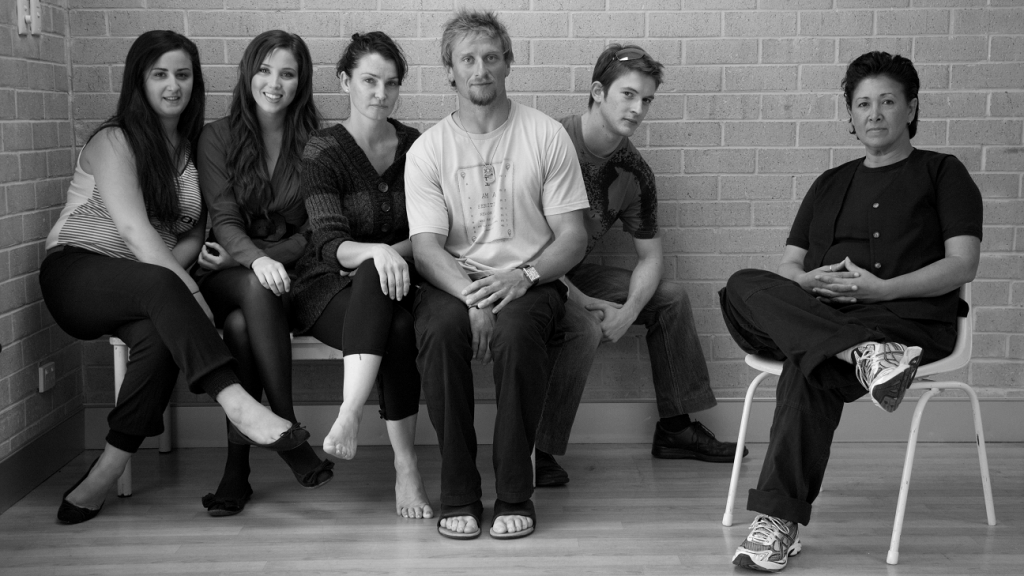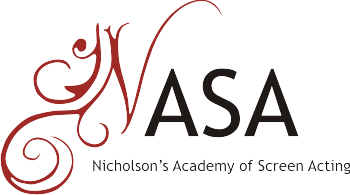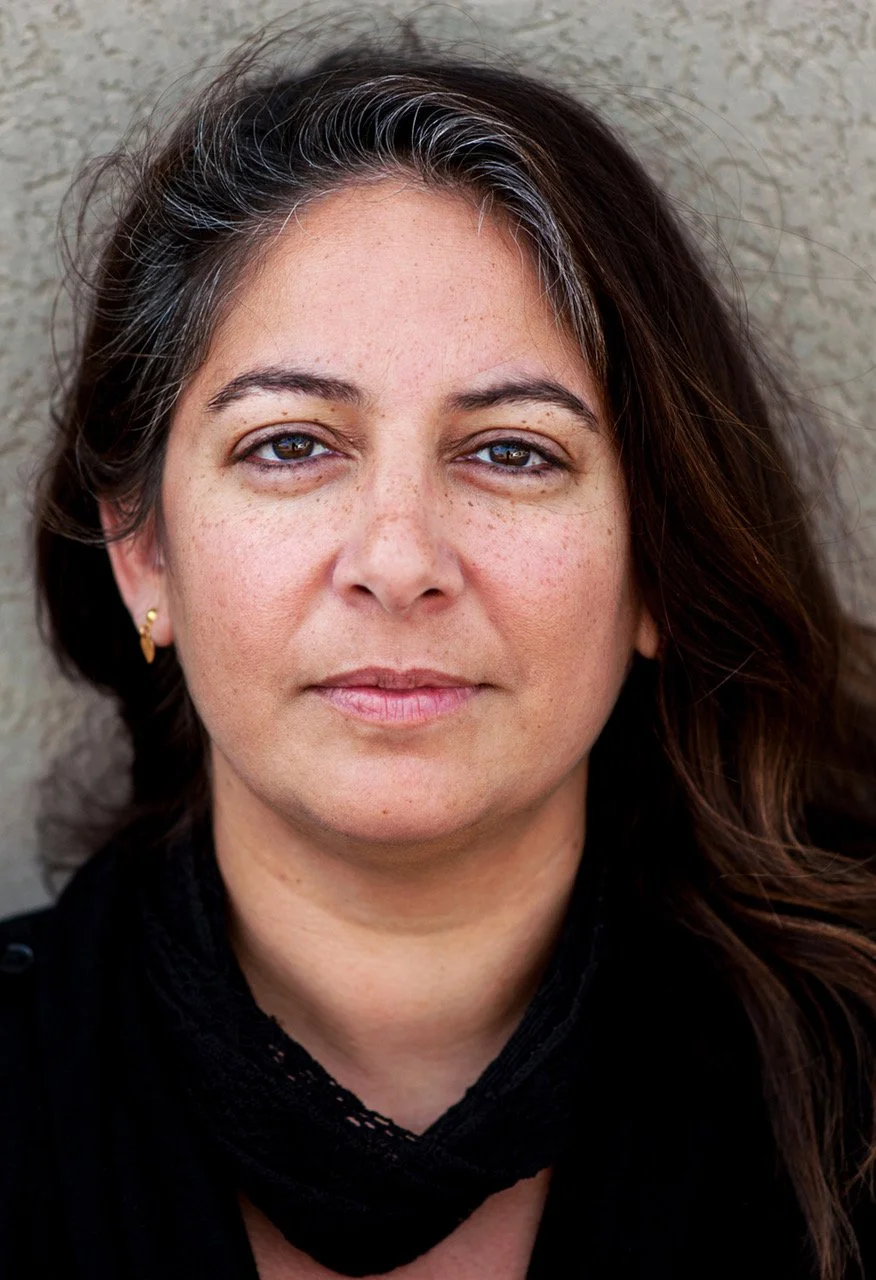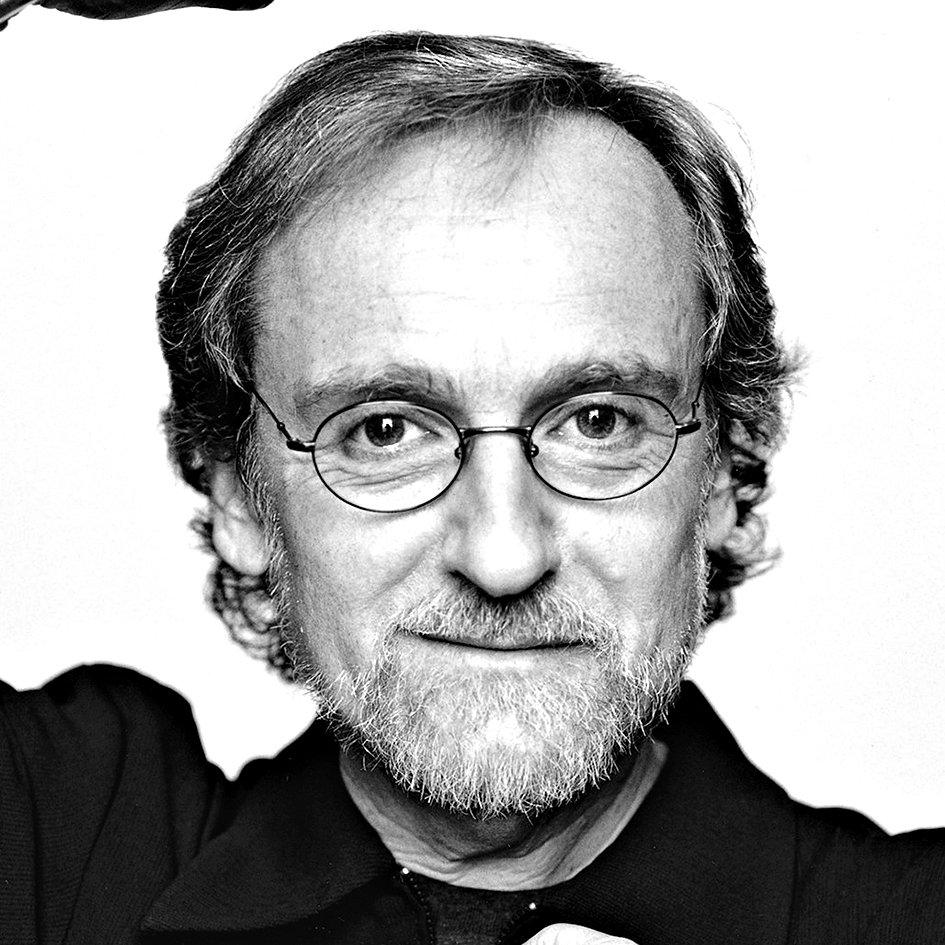


Nicholson's Academy of Screen Acting (N.A.S.A.) provides you with the type of performance training required to break into the movie and television industry.
Actor to artist
A STUDENT OF THE CRAFT
“Someone who isn’t afraid of being who they are, someone who isn’t afraid of listening, someone who has the courage to put their ego aside to actually learn something.
Someone who has the time and the courage to hear everything that their ego doesn’t want to hear.
Someone who is open, not afraid, and is ready to fight their own ego by themselves.
People that understand that the craft isn’t just a word.
It isn’t just making something, it isn’t just creating something. It’s being able to understand that it’s so much more than just acting…”
FERN R NICHOLSON
1961-2020
“Its not about the numbers, it’s about you! For actors serious about the Craft.”
~Fern Nicholson~
Acting from the truth means digging deep, deeper than before. It’s intensely personal and intuitive. At Nicholson’s Academy we teach a wide variety of methods, because no one person is the same.
-
The Method technique
The Method is a type of acting technique that emphasises emotional authenticity and personal connection with the character. It was developed by Russian actor and director Constantin Stanislavski and American actor and teacher Lee Strasberg. It involves using personal experiences and emotions to inform the actor's performance and make it more realistic and believable. The goal is for the actor to fully inhabit the role and become the character, rather than just reciting lines or portraying a surface-level interpretation of the character.
-
1.Personal connection: Encourages actors to make a personal connection with the character and the material, and to use their own experiences and emotions to inform their performances.
2.Sense memory: Believes that actors should use their own sensory experiences to connect with and bring truth to their characters. This includes using imagination and recall to access specific emotions and physical sensations.
3.Physicality: This involves using the body and physical movement to express and embody the character and the emotional life of the character.
4.Improvisation: Using improvisation as a way to explore and develop the character and the material.
-
THE ART OF ACTING
The Art of Acting is an acting technique that prioritises the use of imagination and personal expression to bring characters to life. It was developed by Stella Adler, an American actress and acting coach. Adler believed that actors should use their own personal experiences and emotions to inform their performances, rather than just relying on technical skills or external cues. The goal of The Art of Acting is to create a sense of truth and authenticity in the performance, and to allow the actor to fully inhabit the character and bring them to life in a believable and meaningful way.
-
1.Emphasis on character development: Places a strong emphasis on developing a deep understanding of the character, including the character's background, motivations, and relationships.
2.Personal expression: Encourages actors to use their own personal experiences and emotions to inform their performances, and to develop their own unique style and approach to acting.
3.Theatrical tradition: Approach to acting is grounded in the traditions of classical theater, and she emphasises the importance of understanding the history and context of a play in order to bring truth and depth to a performance.
4.Attention to detail: This involves a focus on the small details of a character and performance, including vocal inflection, body language, and facial expression.
-
EMOTIONAL DEPTH
Harold Guskin is an American acting coach who has developed his own acting technique, which emphasises the use of the actor's personal experiences and emotions. Guskin believes that actors should use their own lives and emotions as a starting point for their work, and that they should strive to create honest, personal connections to the characters they play. He also expresses the importance of understanding the context and subtext of the scene, and using that understanding to inform the actor's choices.
-
1.Emotional truth: Importance of honesty and authenticity in acting, and encourages actors to tap into their own personal experiences and emotions.
2.Inner monologue: Actors are encouraged to discover their inner monologue, or thoughts and feelings, to inform their performances and bring a sense of reality and truth to their characters.
3.Attention to detail: Technique involves a focus on the small details of a character and performance, including vocal inflection, body language, and facial expression.
4.Imagination: Involves using the actor's imagination to bring the character and material to life, and to create a sense of reality in the performance.
-
THE MEISNER TECHNIQUE
The Meisner technique is an acting method developed by Sanford Meisner, an American actor and teacher. It integrates the use of repetition and improvisation to help actors connect to their emotions and the truth of the scene. In the Meisner technique, actors repeat a series of simple actions or lines with a partner until they become more comfortable and natural, and then use those actions or lines as a starting point for improvisation. The goal is to help actors create authentic and truthful performances that are grounded in the present moment and responsive to the other actors and the scene.
-
1.Repetition: Involves repeating a series of exercises and improvisations in order to help actors develop their craft and become more present and authentic in their performances.
2.Partner work: Meisner's technique involves working with a partner to practice and develop acting skills, including reacting honestly and spontaneously to the other person.
3.Presence: Emphasises the importance of being present and in the moment while acting, and encourages actors to stay focused and attentive to their surroundings and the other actors in the scene.
4.Relaxation: Involves working to develop a sense of relaxation and ease in the body and mind, in order to allow the actor to respond more naturally and spontaneously to the material and the other actors in the scene.
Testimonials










